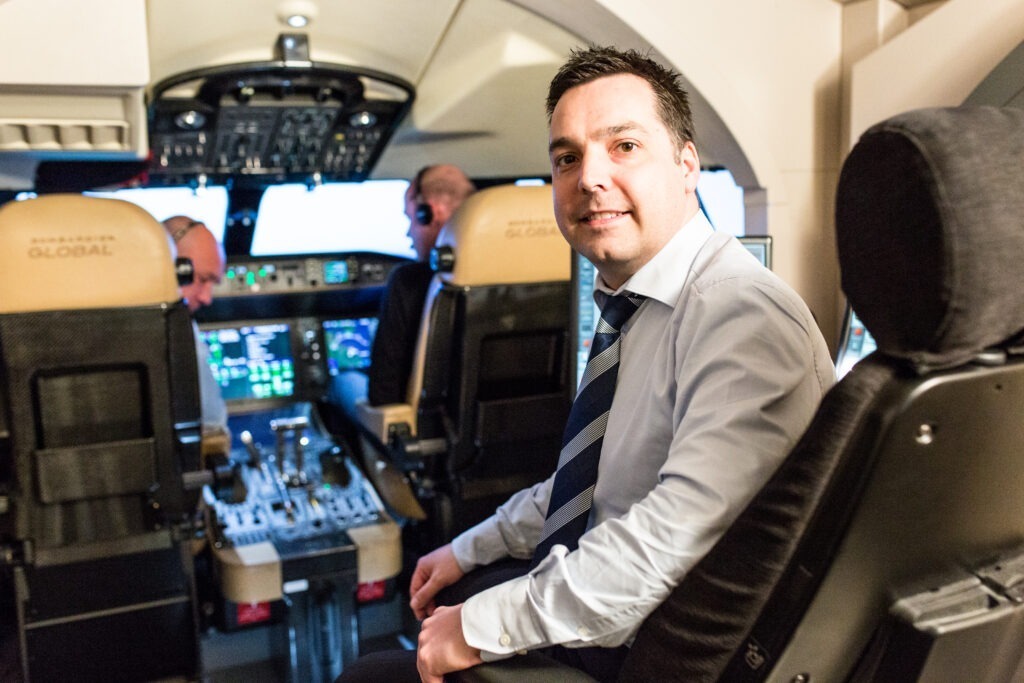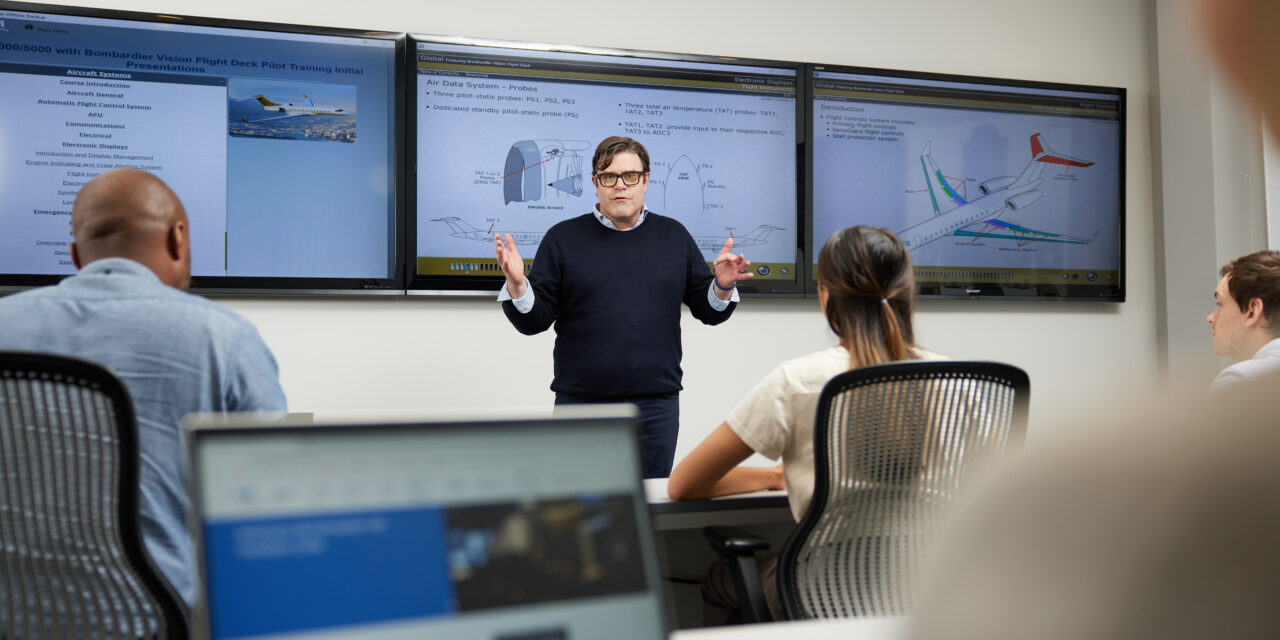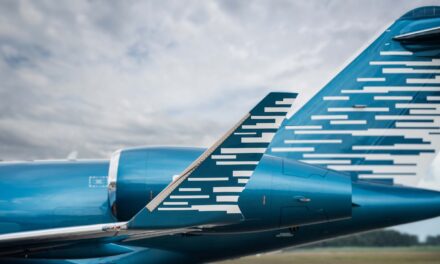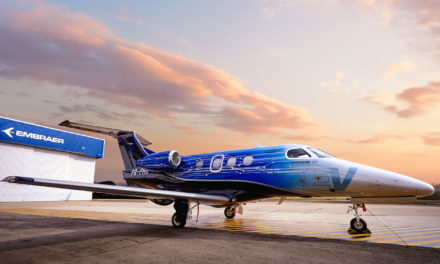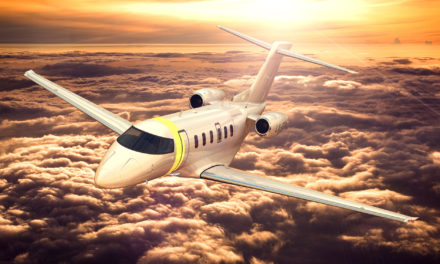By Mario Pierobon
Some aircraft deployed for operations in business aviation can be certified single pilot but operated in a multi-pilot environment. There are both advantages and disadvantages in multi-pilot operations on single pilot certified aircraft. Ultimate Jet asked industry experts to assess the specific training requirements and precautions for this type of operation. What are the most suitable simulation scenarios?
Most pilot certificate programs (private and commercial pilot certifications) begin with a fully qualified flight instructor operating with a student pilot in a single-pilot piston aircraft, observes Timothy Schoenauer, CAE’s director of global training solutions for business aviation training. “The student pilot learns with the FI the necessary skills to eventually pass the certificate standards (e.g., FAA ACS) and earn a certificate”, he says. “Single pilot aircraft primarily consist of less-complex, single or multi-engine piston aircraft. There are turbine-engine single and multi-engine aircraft that are single pilot operated, some require type-ratings and others do not”.
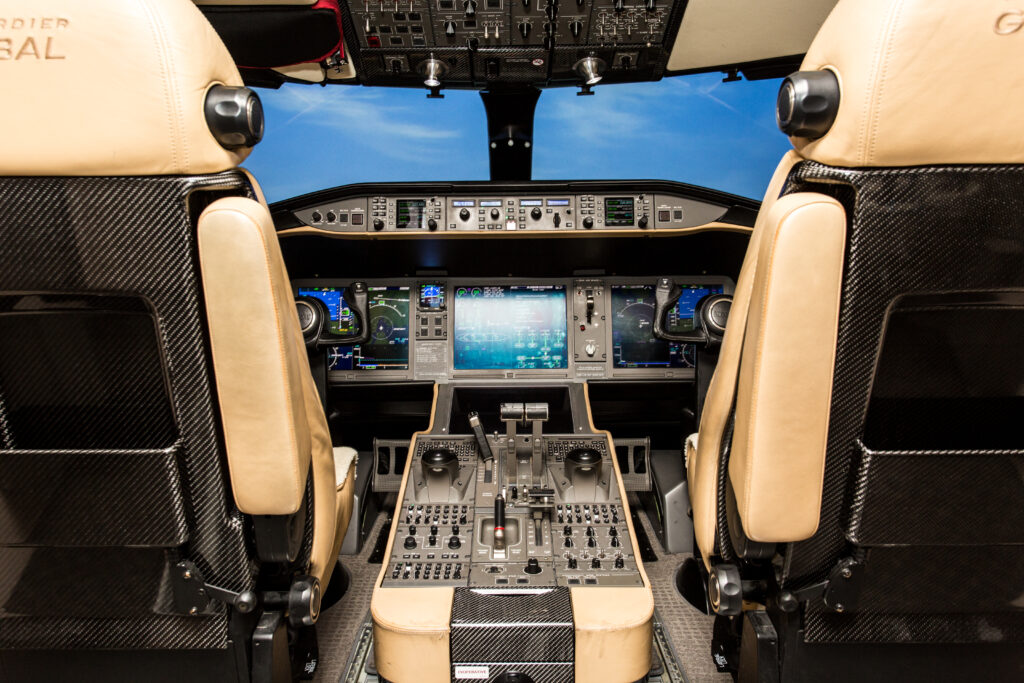
Advantages, disadvantages, and precautions
Aviation technology is continually evolving, and it is enhancing aviation safety, as global air transport exceeding pre-pandemic levels points out.
“Aviation safety evolution has many layers from air traffic services, charting, evolutions in remote navigation and increasing engineered resilience in aircraft design”, says Schoenauer. “Large transport-category aircraft which require type-ratings require a crew to operate them, given the aircraft sophistication and the operational environment. One of the most important elements of safety is a proficient and well-communicating crew to split workload, aid in decision making, ensure situation awareness is maintained and the entire crew communicates when things go or do not go to plan”.
The advantages of multi-pilot operations on single pilot certified aircraft, according to Schoenauer, include enhanced resilience as a team dividing tasks, double-checking decisions, and higher standard operating procedural compliance with two pilots as opposed to one. “An additional advantage includes direct impact on safety with another person who has complimentary aircraft and aviation experience to share, thereby impacting better decision making and effective use of resources like cabin crew, ATC, ground services, etc.”, he says. “The disadvantages primarily revolve around economic and logistical considerations of a crew environment”.
According to Robert Baltus, chief operations officer at the European Business Aviation Association (EBAA), the multi-crew is a simple, more expensive but very efficient safety measure that allows a well-trained crew to operate a flight generally to a higher safety level. “The main reason for this is the relatively lower workload in high-workload situations, the ability to scan better for potential issues, and the better ability to act in difficult situations”, he says. “The single crew is safe as well as long as the aircraft and its systems are certified for this. It needs to be proven to the authorities that the workloads in high workload situations are still manageable for a single pilot”.
Schoenauer affirms that, just like in the case of a flight instructor teaching a student pilot, any single pilot aircraft can be operated as a crew. “The precautions for professional pilots operating as crew are mitigated by formal crew resource management (CRM) training and threat and error management (TEM) training. These courses help pilots with communication, checklist discipline, decision making models, threat-forward briefings, and anticipation of potential errors to mitigate an undesirable aircraft state”, he says. “With disparity of experience in the cockpit becoming more common as retirements are at peak and new pilots are entering the profession, formal CRM and TEM training are key in converging the ability for the crew to effectively communicate”.
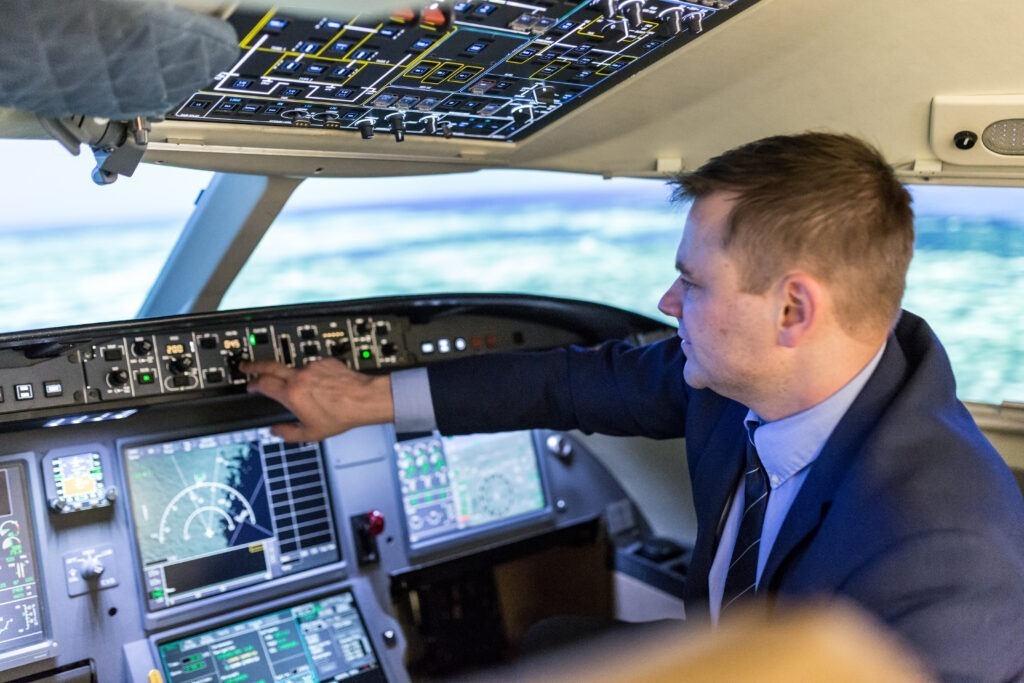
Training and simulator scenarios
As to the specific training scenarios, according to Baltus, these are generally based on the standard operating procedures of the operator, peculiarities of the aircraft and issues that have been encountered in real operations.“The authorities tend to have a list of items that they wish to see trained but this list is generally a top-level document that the operator and/or its training organisation will make more specific”, he says. “For any safe operation, it is crucial for the crews to be properly qualified and trained. There is safety in numbers and two well trained crew members are an extra insurance in cases like pilot incapacitation, high workload, or an emergency”, he says. “Single pilot is a safe option if the aircraft has all the right equipment and a properly qualified and trained pilot”.
Scenario-based training is the most practical and realistic training scenario to train crew resilience as pilots face infinite variability in the situations they will face, observes Schoenauer. “The use of simulation ensures a safe and efficient learning environment to explore the situations that challenge a crew. Training programs which deploy scenario-based training should use mechanical scenario-based training, where a mechanical defect is simulated”, he says.
Environmental scenario-based training should also be used to provide for conditions that occur outside the crew’s control like a sick passenger, line of weather or a requested change of destination which challenges crew coordination and decision making, affirms Schoenauer. “Airlines have been using scenario-based training in programs like advanced qualification programs (AQP) which have considerably enhanced aviation safety”, he says.
Flight simulator training providers have to balance time in simulation devices between compliance with regulatory requirements – which are primarily tasked-based training items – and the more practical scenario-based training time, according to Schoenauer. “Operators and training providers have seen the benefits of scenario-based training and curriculum and training programs are evolving to best manage this balance”, he concludes.
